https://www.cqc.org.uk/location/1-5429616873
Contact Us







Toothbrushing guide - film
Read the transcript for this film ‘toothbrushing guide‘
From the moment their first tooth appears, Brush teeth and gums at least twice daily,
in the morning and last thing at night. Use toothpaste containing at least 1,000 parts
per million (ppm) fluoride. Find out more with our toothbrushing tips.
Stage 1 - baby
At first your baby may find it a bit strange but will soon get used to the soothing feeling.
Find a place that is comfortable and safe for baby. Always supervise toothbrushing
and never leave a baby or small child alone with a toothbrush or toothpaste.
Which toothbrush?
Use a toothbrush with a small head and
soft bristles.
Toothbrushing Positions
•
on your knee
•
on a changing mat
•
in a baby chair or high chair
•
sitting in a pram or buggy
•
in the bath
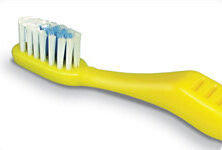
Which toothpaste?
At home, encourage healthy habits and use a
toothbrush and toothpaste containing
at least 1,000 parts per million (ppm) fluoride.
For children under 3 years of age use a smear
of toothpaste on the brush
When to brush
•
pick a time that is convenient to you
•
think of your child’s daily routine, perhaps at
playtime or bath time
•
eventually you can move on to a morning and
night time routine.
Stage 2 - toddler
A growing child needs teeth to smile and eat with, and to give them confidence.
Establishing a good oral care routine from early childhood is important and can be supported by
parents and carers.
Which toothbrush?
Use a toothbrush with a small head
and soft bristles
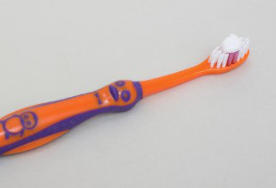
Which toothpaste?
For children aged 3 years and above, use a pea
sized amount of toothpaste containing at least
1,000 parts per million (ppm) fluoride.
When to brush
Brush teeth and gums at least twice daily, in the
morning and last thing at night.
As more teeth come through, it is important to
develop a system of brushing that
ensures that all surfaces of the teeth are brushed
thoroughly each time.
Stage 3 - pre school
Children should be supervised whilst brushing until they can brush independently.
Children should be encouraged to do some of the brushing themselves so that they develop
toothbrushing skills. Remember to encourage your child. Praise will often get results.
Which toothbrush?
Use a toothbrush with a small head
and soft bristles.
When to brush
Brush teeth and gums at least twice daily, in the morning and last thing at night.
It is preferable to wait at least 30 minutes following eating or drinking, however we
appreciate this is not always possible, it is always better to brush your teeth than not.
Establishing a routine is key.
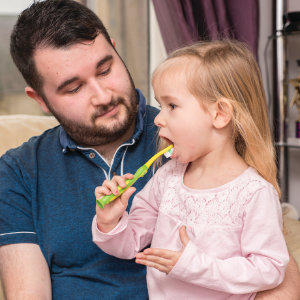
Which toothpaste?
For children aged three years and above, use a
pea-sized amount of toothpaste
Use toothpaste containing at least 1,000 parts
per million (ppm) fluoride.

Copyright Beaconsfield House Dental 2025
Beaconsfield House Dental | 28 Aylesbury End | Beaconsfield | HP9 1LW | 01494 730 940 | info@beaconsfielddental.co.uk
Complaints Policy | Appointment Cancellation Policy | Patient Charter |
General Dental Council | Zero Tolerance Policy

The latest check of this service used our new approach
to inspection.


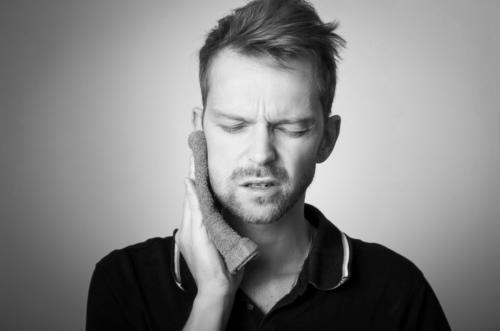
Treatments
•
Treatment for pain
•
Fractured teeth
•
Trauma and swelling
•
Crown, veneer or bridge
re-cementation or repair
•
First stage root canal treatment







Copyright The Chesham Dentist 2025
The Chesham Dentist | 260 - 290 Berkhampstead Road | Chesham |
HP5 3EZ | 01494 776 550 | info@thecheshamdentist.co.uk
Complaints Policy |
Appointment Cancellation Policy | Patient Charter |
General Dental Council | Zero Tolerance Policy


The latest check of this service used our new approach
to inspection.
back to
top




We can help with a range of dental
emergencies. We can investigate
the source of your discomfort and carry
out any necessary treatment.
Our emergency treatments include:
Please note for full consultation you
need to book a separate
appointment.
Outside normal surgery hours please
contact 07779 572 444 to be seen in
our Uxbridge Dental Emergency Centre
on a non-NHS basis or call NHS 111.





















